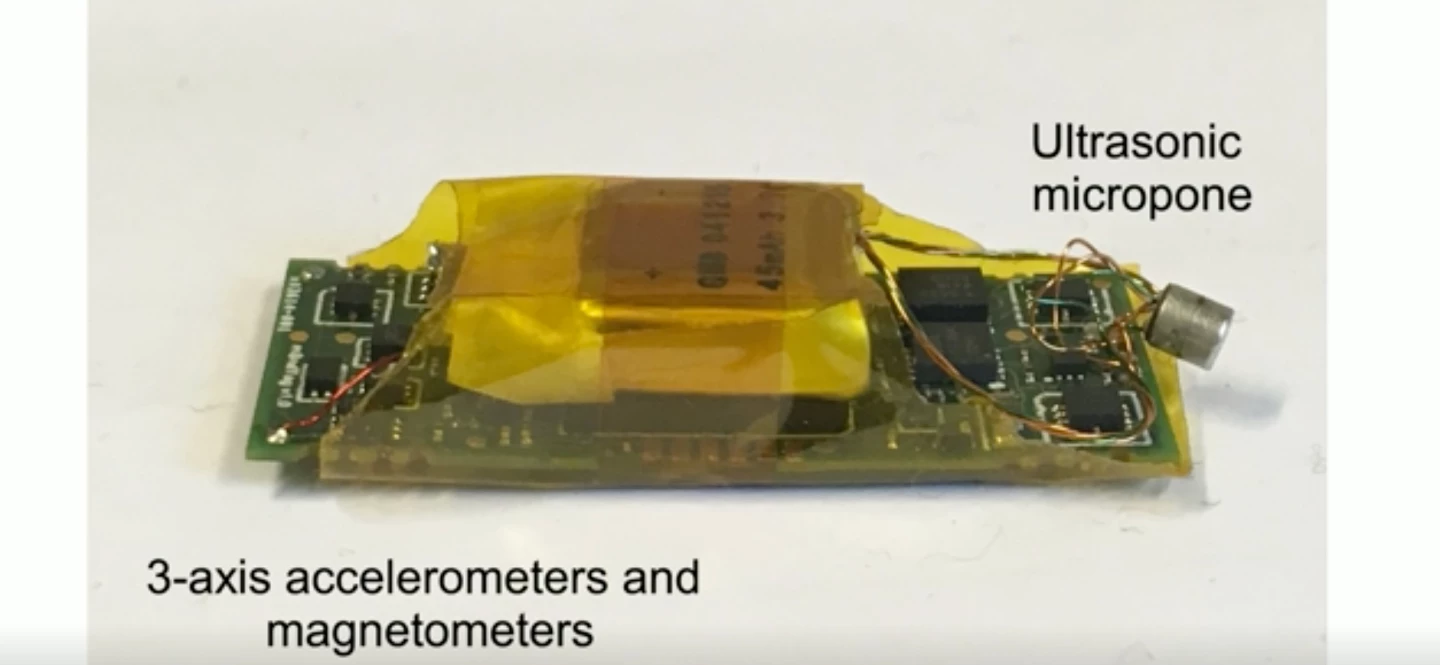We all know that bats locate prey in the dark using echolocation, but … is that really all there is to it? Scientists decided to get more details on the animals' hunting process, by equipping them with tiny wearable computers.
The research was conducted by a team from Denmark's Aarhus University, in the summers of 2017 thru 2019 at a bat-colony cave in Bulgaria.
A total of 10 female greater mouse-eared bats were captured, had the 3.5-gram electronic tags temporarily latex-glued to the fur on their back, then released. After two to 14 days, the tags were either manually removed when the bats were recaptured, or they were retrieved from the floor of the cave after falling off on their own.

Each device contained a battery, a microprocessor, an inertial measurement unit (a motion sensor), and a tiny ultrasonic microphone. As the bats flew and hunted each night, the motion sensor recorded their changing location in three-dimensional space, while the microphone recorded both their outgoing echolocation calls, and the incoming echos of those calls off of flying insect prey and other items.
The bats caught prey several hundred times per night, suggesting that the tags were not hampering their ability to hunt. Interestingly, though, it was noted that when actively tracking insects, their echolocation calls were far weaker than those used simply to orient themselves within their surroundings. In fact, the returning echoes were described as being "like a whisper."
The scientists determined that by using weaker calls, the bats were better able to focus the sound forward, onto little else than their prey. By contrast, louder calls spread out farther to the sides, producing distracting echoes from a variety of sources. It was also noted that the bats minimized those distractions by keeping to open spaces.
"When the bats are hunting, they stay at least a prey detection distance away from the vegetation," says Prof. Peter Teglberg Madsen, senior author of the study. "We think they do this to avoid masking of the weak prey echoes by the loud echoes from vegetation. By continually adjusting both their flight patterns and their sensory volumes during the hunt, the bats simplify the information they need to process."
A paper on the research, which is being led by Dr. Laura Stidsholt, was recently published in the journal Science Advances.
Source: Aarhus University via EurekAlert





